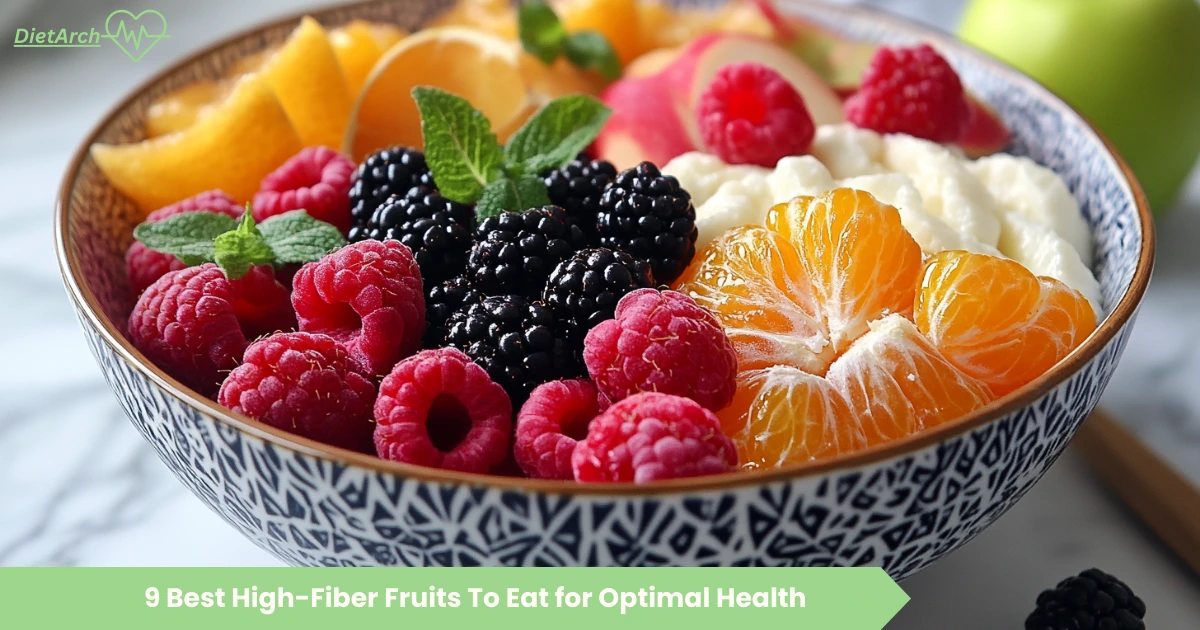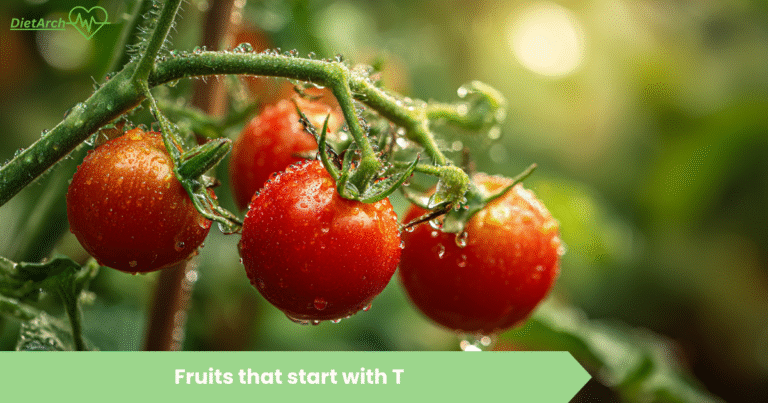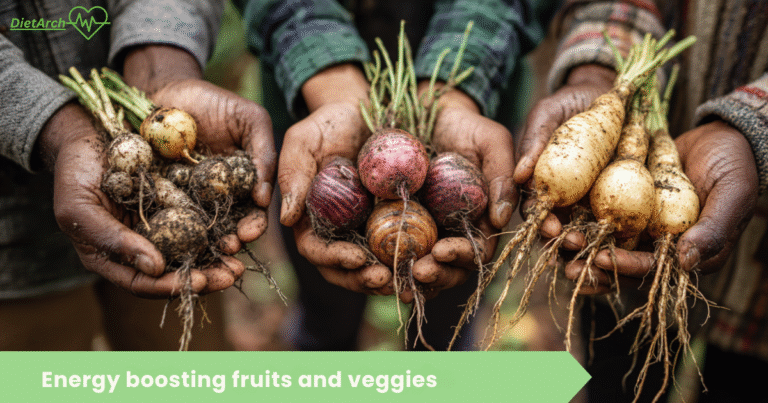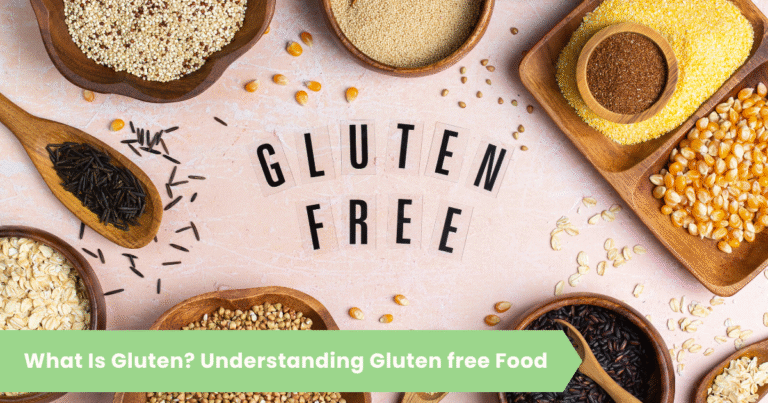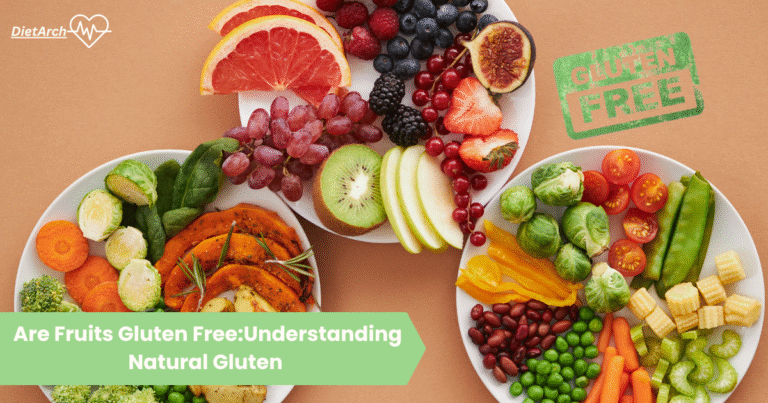The 9 Best High‑Fiber Fruits to eat for optimal health
Fruits play a vital role in a healthy diet, offering a range of nutrients and health benefits. Among these benefits, High-Fiber Fruits can significantly improve digestive (gut) health and help maintain an ideal weight. Including high-fiber in daily meals is an essential and enjoyable way to enhance overall well-being.
Knowing which fruits have the most fiber can be challenging with many options. We have made the best fiber-rich fruit list to boost anyone’s diet and promote a healthier lifestyle.

1. Passion Fruit
Passion fruit is a tropical standout, offering an impressive 24.5 g of fiber per cup (236 g) of pulp and seeds, making it the highest-fiber common fruit by volume. This fiber is split between soluble and insoluble types, which together soften stool and add bulk to promote regularity. Beyond fiber, passion fruit delivers 70.8 mg of vitamin C, A, potassium, iron, and magnesium, all in 229 calories.
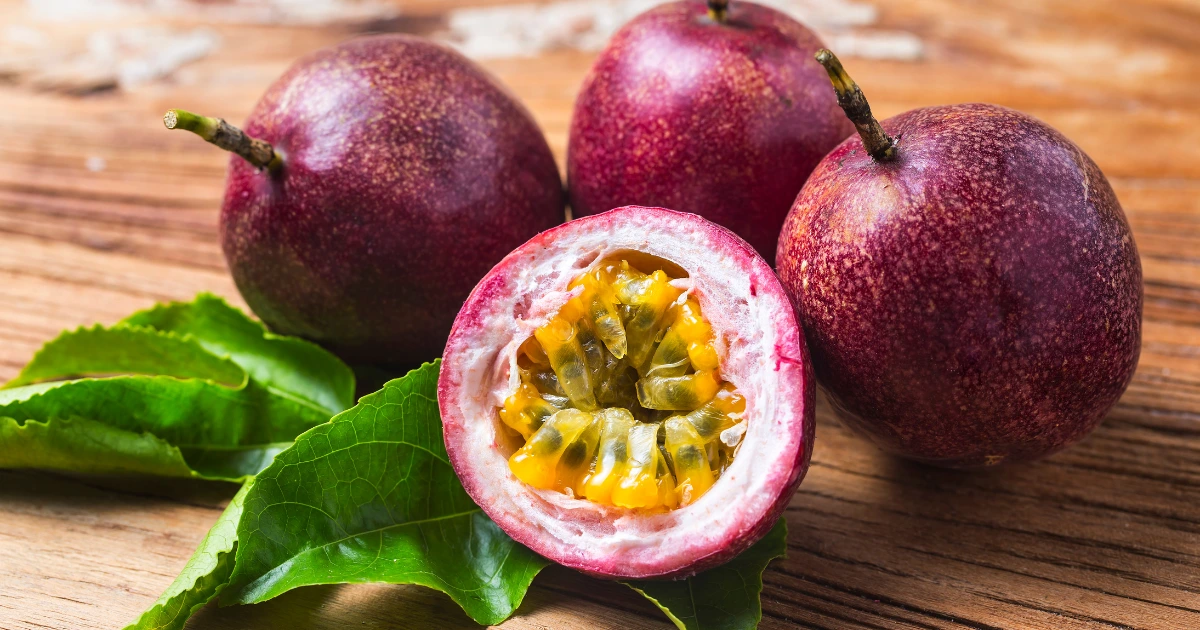
To enjoy, halve the fruit and scoop out the tart‑sweet pulp and crunchy seeds, or blend the whole pulp into smoothies, yoghurt bowls, dressings, or sauces for a vibrant fiber boost.
2. Raspberries
Raspberries are a delicious and nutritious fruit. They are exceptionally high in fiber, with one cup containing about 8 grams.
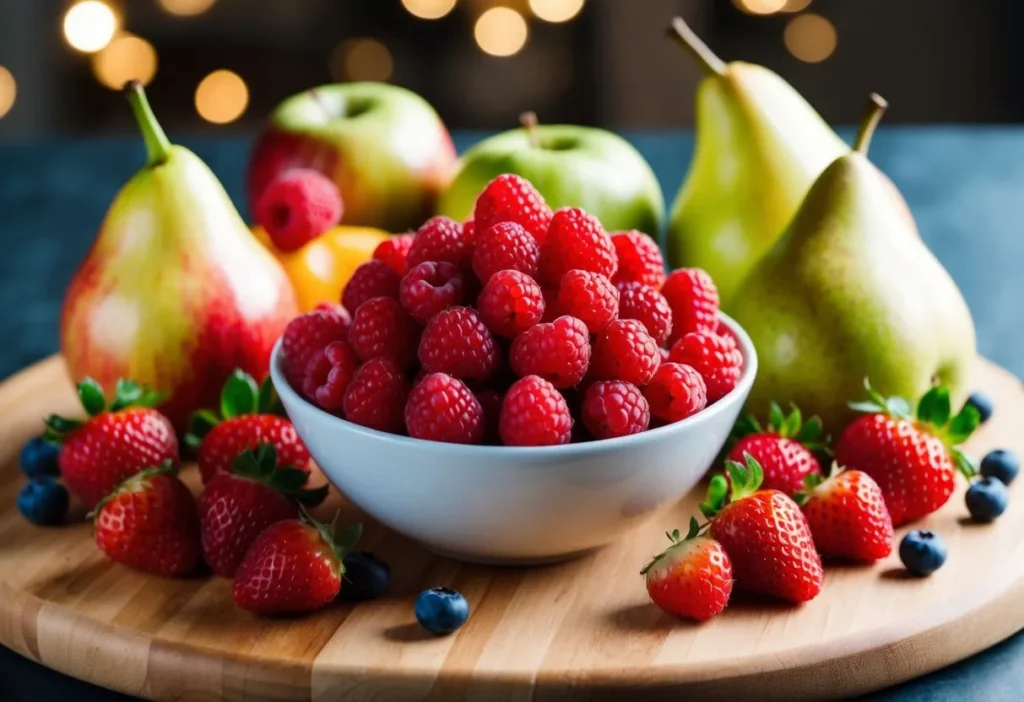
This makes them an excellent choice for those looking to increase their fiber intake.
Raspberries provide fiber, vitamins, and minerals. They are also rich in vitamin C and manganese, offering additional health benefits for everyone.
3. Guava
Guava is a tropical fruit known for its high-fiber content. It contains about 9 grams of fiber per cup, making it an excellent choice for a healthy diet.

This fruit is not only fiber-rich but also offers vitamins and antioxidants. Eating guava, especially on an empty stomach, can support digestive health and may help regulate blood sugar levels.
4. Blackberries
Blackberries are a delicious and nutritious fruit. They contain about 5.3 grams of fiber per 100-gram serving, which supports healthy digestion.
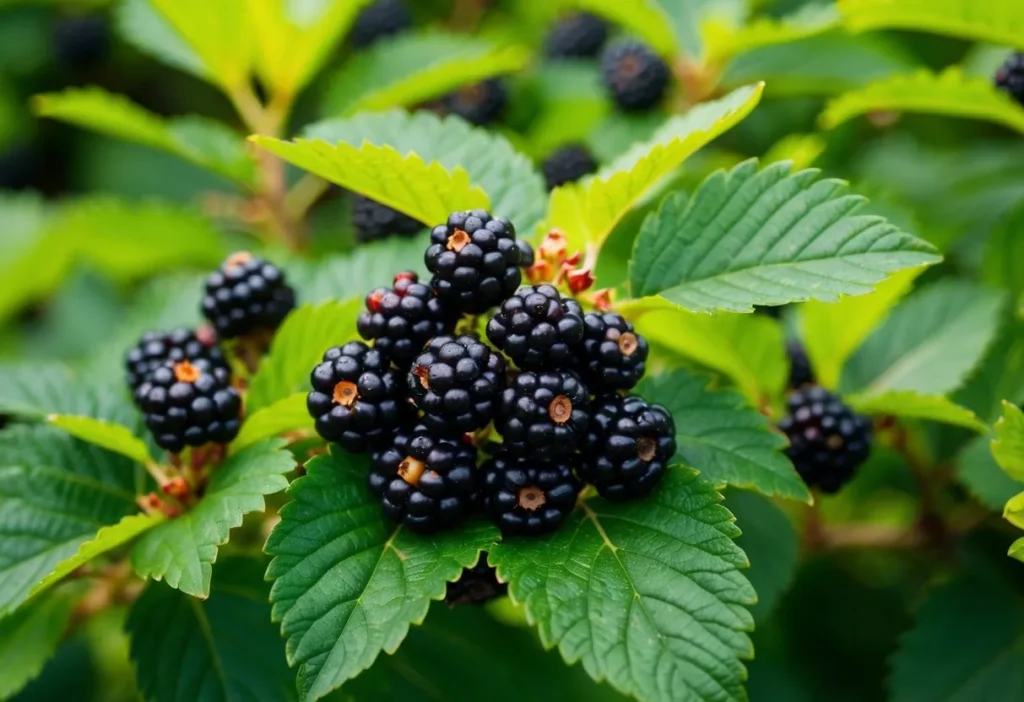
Blackberries are rich in vitamins and antioxidants, as well as fiber. They can help boost the immune system and improve overall health. Eating blackberries can be a tasty way to increase daily fiber intake.
5. Dragon Fruit
Dragon fruit (pitaya) provides a solid 3 g of fiber per 100 g serving—around 5.5–6 g per cup a balance of soluble and insoluble fibers that support gut flora and regular bowel movements.
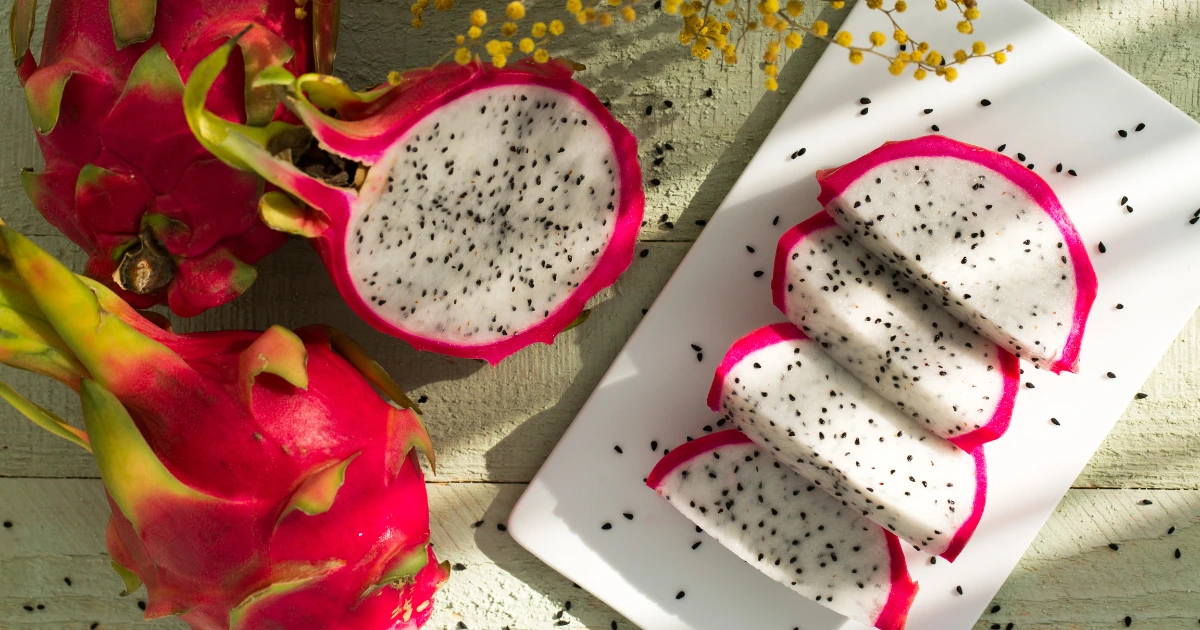
It’s also a source of vitamin C, magnesium, iron , and heart‑healthy fats from its edible seeds, all for just 60–70 calories per cup.
Dragon fruit’s antioxidants, including betacyanins and flavonoids, help neutralize free radicals and may support cardiovascular health. Simply slice and scoop the flesh for a snack, cube it into salads, or blend it into colorful smoothies and yogurt bowls to add texture, color, and a fiber lift. It is one of the weird fruits.
6. Pears

Pears are tasty and nutritious fruits that many people enjoy. A medium pear contains 5.5 to 6 grams of fiber, making it a great addition to a fiber-rich diet.
They are also a good source of vitamin C and other beneficial nutrients. Eating pears with their skin increases their fiber content, providing extra health benefits.
7. Mangoes

Mangoes are a delicious tropical fruit known for their sweet flavor. They provide about 3 grams of fiber per cup.
In addition to fiber, mangoes are a good source of vitamin C, vitamin A, and folate.
This makes them a healthy choice for those looking to increase their fiber intake while enjoying a tasty snack. Mangoes can be added to smoothies and salads or eaten independently.
8. Apples (with skin)
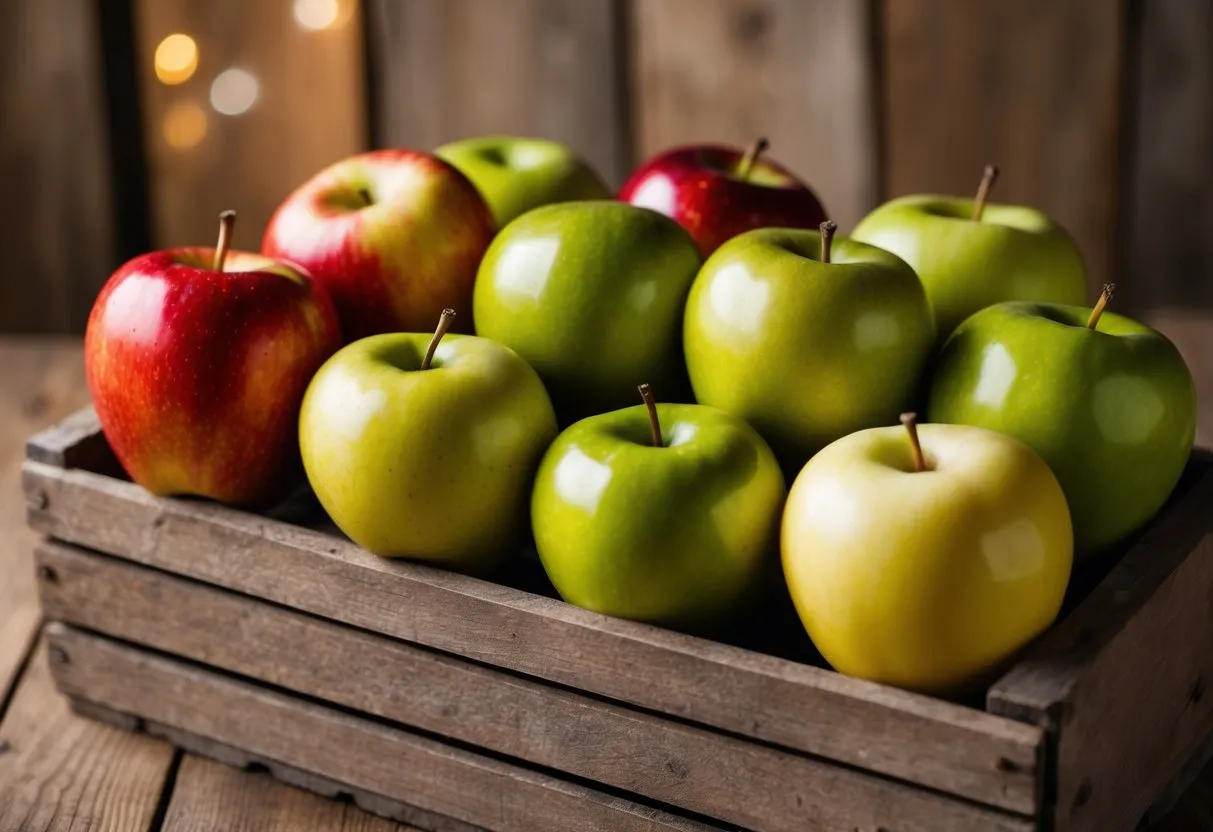
Apples are a popular fruit known for their crunch and sweetness. Eating them with the skin boosts fiber intake.
A medium apple with skin contains about 4.5 grams of fiber, which helps digestion. The soluble and insoluble fiber in apples can also support heart health.
These fruits are easy to add to meals or snacks. They can be eaten raw, baked, or added to salads for a nutritious boost.
9. Prunes
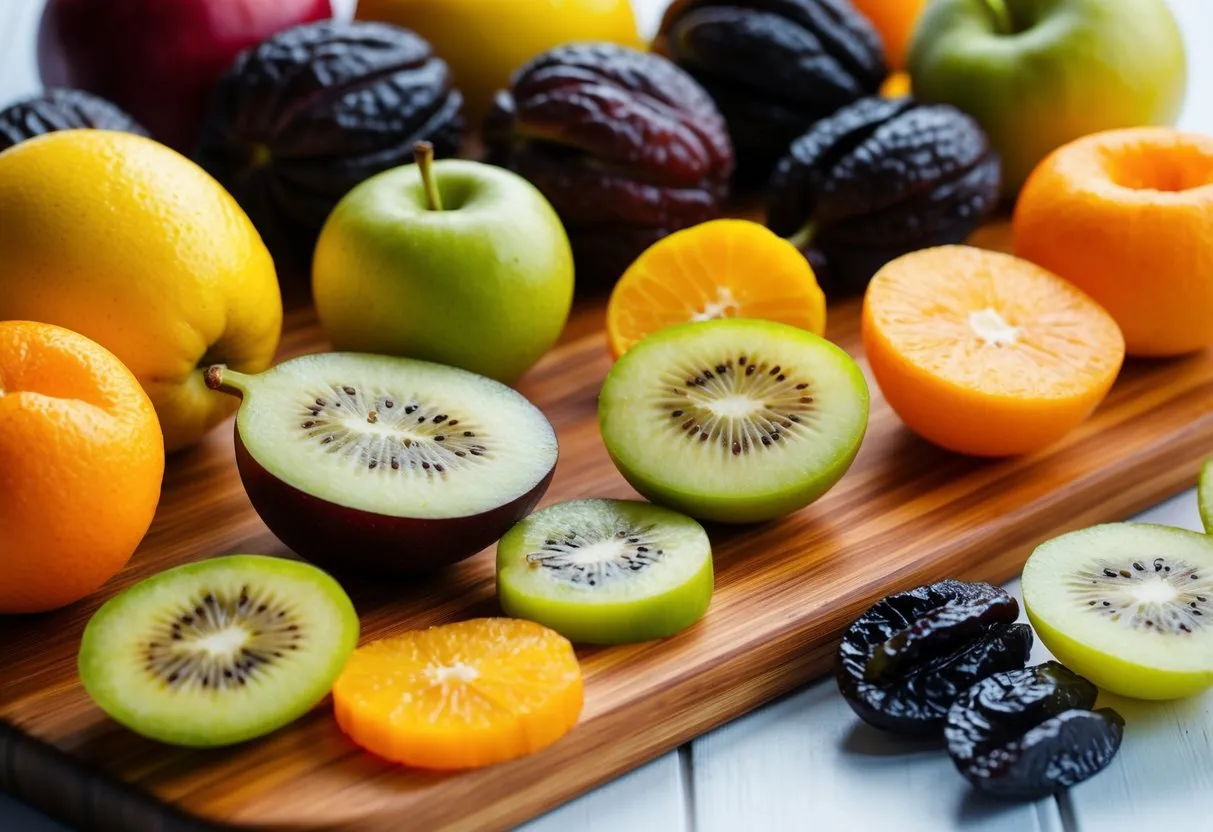
Prunes are dried plums known for their high-fiber content. They are an excellent choice for improving digestive health.
Each serving of prunes contains about 3 grams of fiber, which aids in regular bowel movements.
Prunes contain fiber and natural laxative properties, which benefit those seeking to enhance their gut health.
Comparison table of the High-Fiber Fruits
Here’s the comparison table of all nine fiber-rich fruits, sorted by fiber content per serving (highest to lowest):
| Fruit | Fiber per Serving | Soluble / Insoluble Ratio |
| Passion Fruit | 24.5 g / 1 cup | ~50 / 50 |
| Guava | 8.9 g / 1 cup (165 g) | ~60 / 40 |
| Raspberries | 8 g / 1 cup | ~50 / 50 |
| Blackberries | 5.3 g / 100 g | ~40 / 60 |
| Dragon Fruit | 5.5–6 g / 1 cup | ~50 / 50 |
| Pears (with skin) | 5.5–6 g / medium | ~30 / 70 |
| Apples (with skin) | 4.5 g / medium | ~30 / 70 |
| Mangoes | 3 g / 1 cup | ~40 / 60 |
| Prunes | 3 g / 5 prunes | ~30 / 70 |
Health Benefits of High-Fiber Fruits
High-Fiber fruits offer significant health benefits, particularly for digestion and heart health. Consuming these fruits can improve overall health and specific bodily functions. High-fiber diets help to loose visceral Fat.

Fiber-rich Fruits for Digestive Health
High-fiber fruits play a vital role in digestive health. They provide both soluble and insoluble fiber.
The soluble and insoluble fiber fruit are essential for body. Apples, pears, and raspberries are beneficial, high-fiber fruits. Eating these can help prevent digestive disorders and promote gut health. Additionally, fiber-rich diets are linked to a lower risk of conditions like diverticular disease and irritable bowel syndrome (IBS).
Incorporating fiber-rich fruits into daily meals can be simple. They can be added to smoothies and salads or eaten as snacks.
High-Fiber fruits for Heart Health
Eating high-fiber fruits can also support heart health. These fruits often contain antioxidants and potassium.
Fruits like avocados and blueberries are excellent choices. Their high fiber content may help lower cholesterol levels, contributing to a healthier heart.
Eating a diet rich in high-fiber fruits has been shown to reduce the risk of coronary heart disease. Regular consumption can also improve blood vessel function and overall heart health, benefiting many individuals.
How to Incorporate High-Fiber Fruits in a Daily Diet
Adding fiber-rich fruits to everyday meals can be enjoyable and straightforward. The proper methods make it easy to boost fiber intake. Here are some practical ways to enjoy these nutritious fruits.
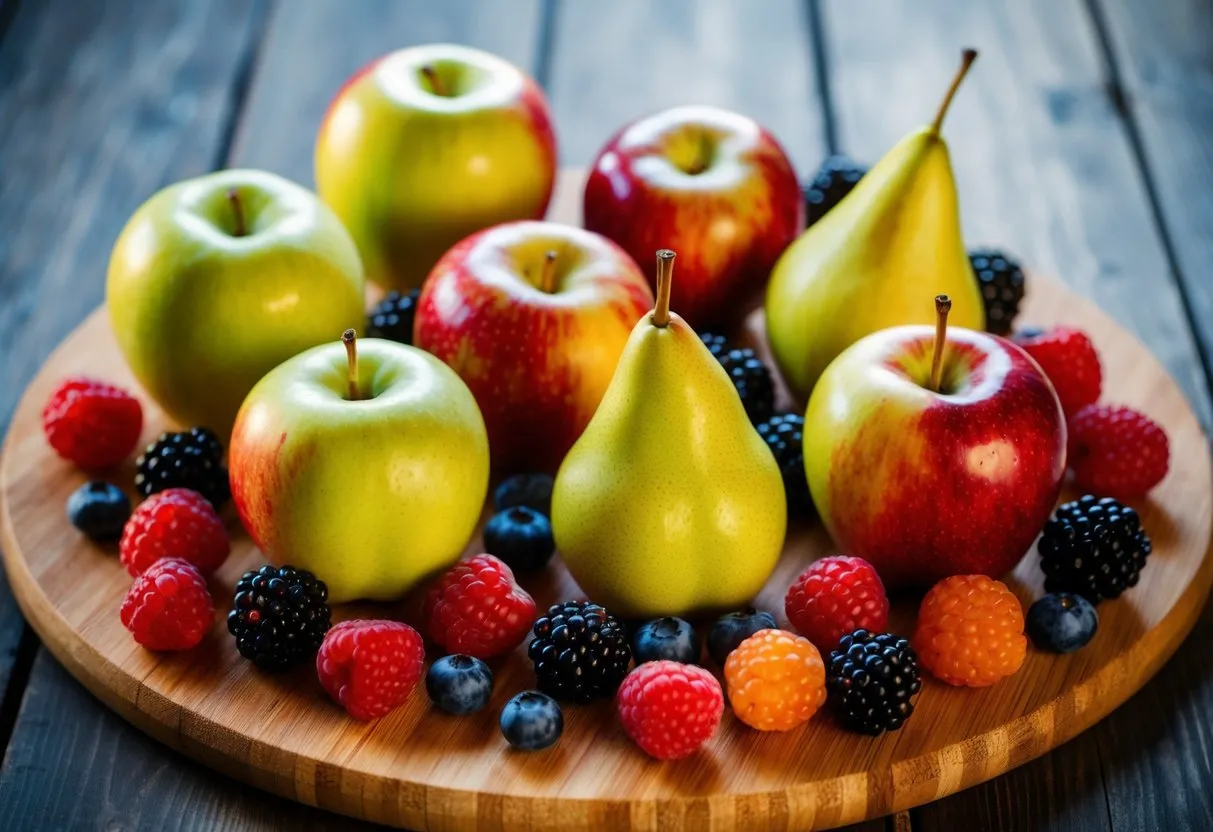
Smoothies and Juices with High-Fiber Fruits
Smoothies are a fantastic way to combine fiber-rich fruits into a delicious drink. Ingredients like raspberries, avocados, and pears are naturally high in fiber.
To create a high-fiber drink, start with a base like yogurt or almond milk. Then, add a serving of fiber-rich fruits. For extra texture and nutrients, include a handful of spinach or kale. This yields a refreshing drink rich in fiber and vitamins.
When making juices, consider blending whole fruits instead of just juicing them. This keeps the beneficial fiber intact. Fruit juices can be sweetened with a bit of honey or flavored with lemon for added taste.
Fiber-rich Breakfast Options
Fiber-rich fruits can enhance breakfast in many ways. Chopped apples, bananas, or berries can easily be added to oatmeal or yogurt, providing fiber and natural sweetness without extra sugar.
Another option is to mix fruits into pancakes or waffles. Using a recipe that calls for mashed bananas can significantly boost fiber content.
For a quick and nutritious option, try making overnight oats. Combine oats with yogurt, milk, and fiber-rich fruits like guava and kiwi for a filling meal. Staying creative helps to maintain interest and enjoyment while boosting fiber intake.

